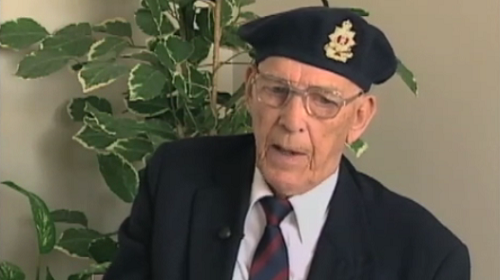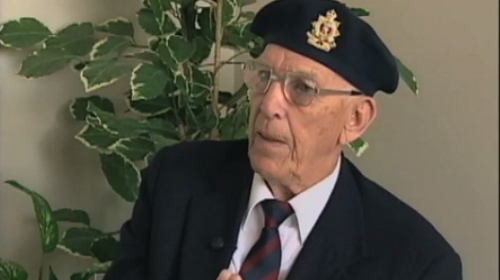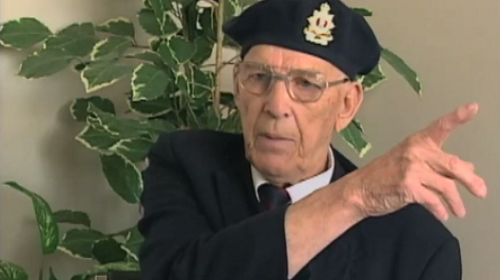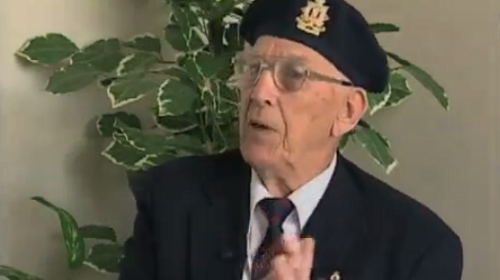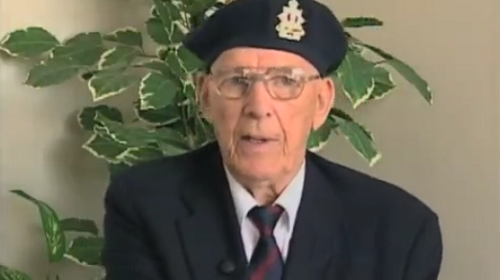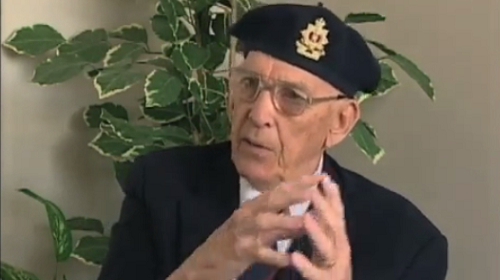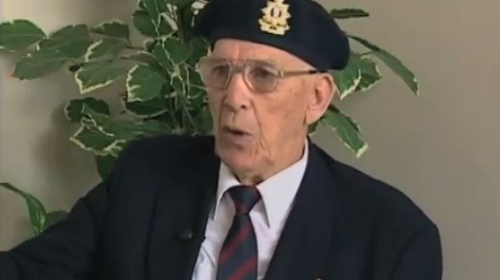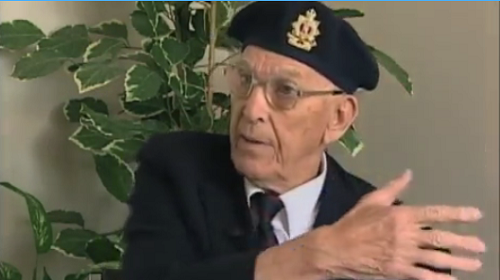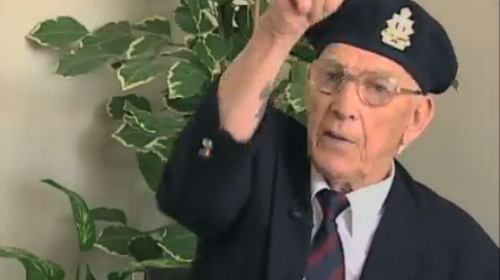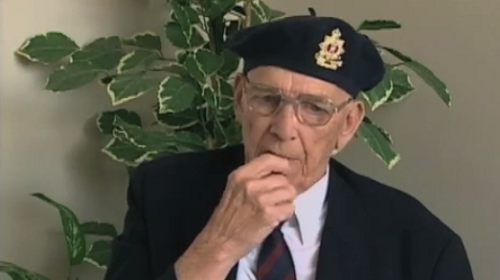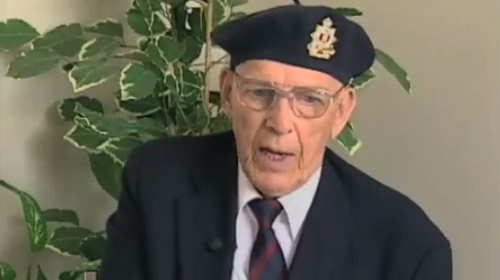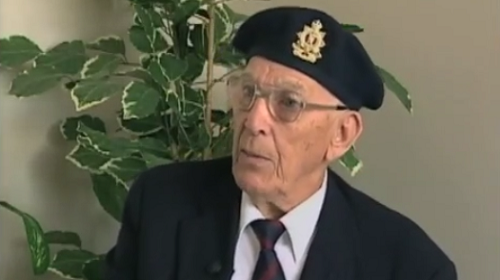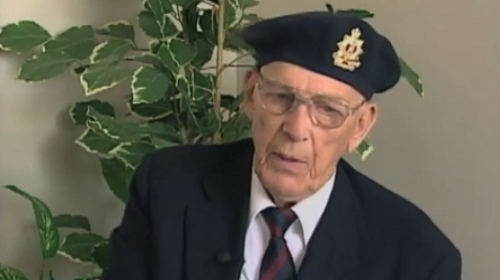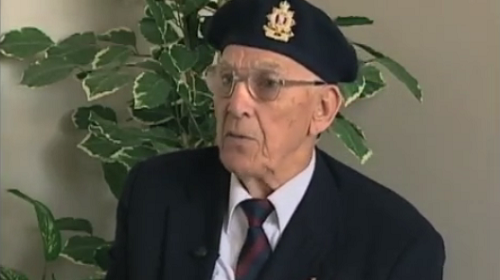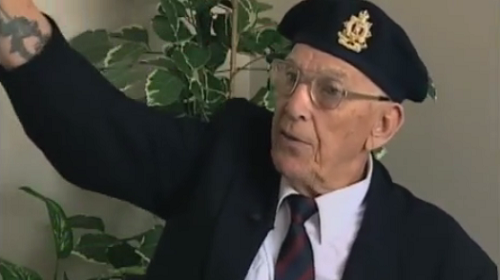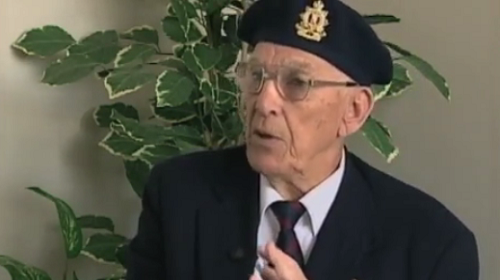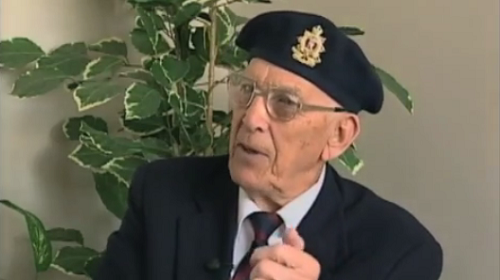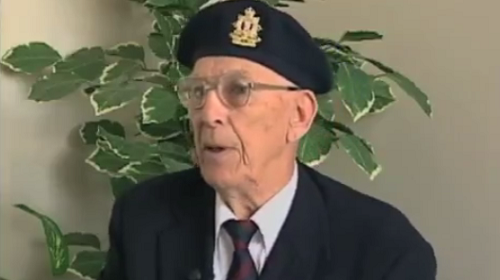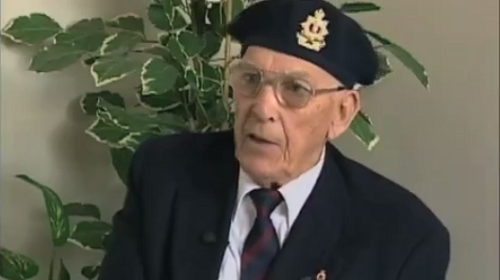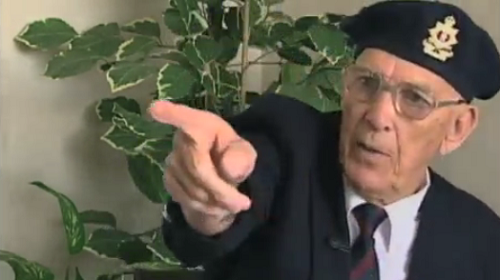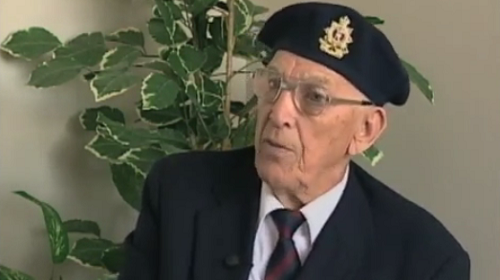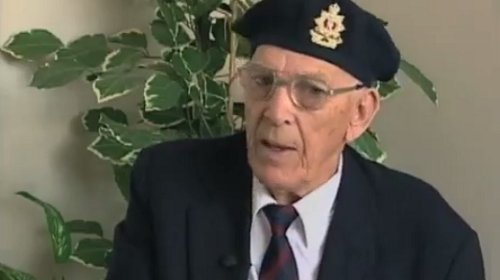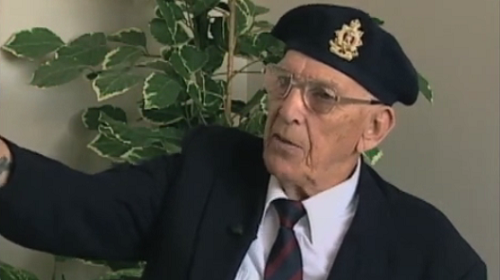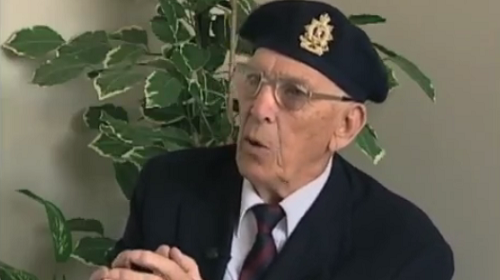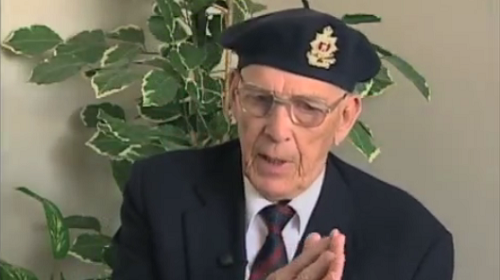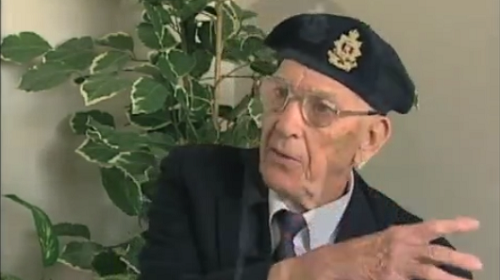Taking On A New Identity
Heroes Remember
Taking On A New Identity
Transcript
The tunnel was completed.
Men were going out in day light and in dark.
They made... civilian, they dyed clothes.
They made civilian looking clothes, fedora hats, brief cases.
They had papers, train passes, work permits.
This was all made by the escape committee in Stalin-gate B
that made that compass.
When I went to Murray,
Murray said, “How many languages do you speak?”
And I said, “One sir, English.”
Well, he says, “We can't give you any paper work,”
which I knew, you know, what's the use of me going out with
with a pass to some place for a work permit or whatever.
So, it was understood, it was all understood, see.
So, I could go out in uniform after dark with no help.
They couldn't stop me going out the tunnel,
but I didn't want to jeopardize the tunnel.
So to get out of the camp at that time with the chain up,
airmen and Dieppe people, we couldn't,
even if you volunteered to go out and work,
you know, you say I want to go and work in the coal mine
for the Krauts. They wouldn't let you go.
So you had to change over and take another man's identity.
So when I was turned down on the tunnel,
I said to Murray, “I am going to go down to the working compound
and change over with an English", well not only an Englishman,
anybody, Australian, New Zealander,
somebody that doesn't want to go out being sent out to a working party,
I'll go out in his place and take his identification.
So this is what I did.
I found Jones from the Gloucester Regiment
and I took his identification, took his identity,
not his dog tags, but his prisoner of war identification.
I had to memorize his regimental number,
memorize his prisoner of war number,
where he was captured, etc, etc, etc.
and all his particulars, what battalion he was in,
in case they asked me that
because the Germans had this all on records, see
where you were captured and so on.
So I did this and I changed over,
he went back and wore my chains and wore my tunic.
I took his tunic, I had my blue patches on and he took my place and
wore my chains, see, and I went out to a brick factory and escaped.
Description
Mr. Poolton describes his alternate escape plan since it was deemed best that he not use the tunnel.
John (Jack) Poolton
John (Jack) Abernethy Poolton was born in Toronto, Ontario on January 9, 1918. He was one of seven children. His father farmed 100 acres near Kapuskasing, Ontario. Mr. Poolton enlisted in the Royal Regiment of Canada and provides vivid, clear details of the allied landing at Dieppe, France on August 19, 1942.
Meta Data
- Medium:
- Video
- Owner:
- Veterans Affairs Canada
- Duration:
- 2:31
- Person Interviewed:
- John (Jack) Poolton
- War, Conflict or Mission:
- Second World War
- Battle/Campaign:
- Dieppe
- Branch:
- Army
- Units/Ship:
- Royal Regiment of Canada
- Rank:
- Private
Related Videos
- Date modified:



